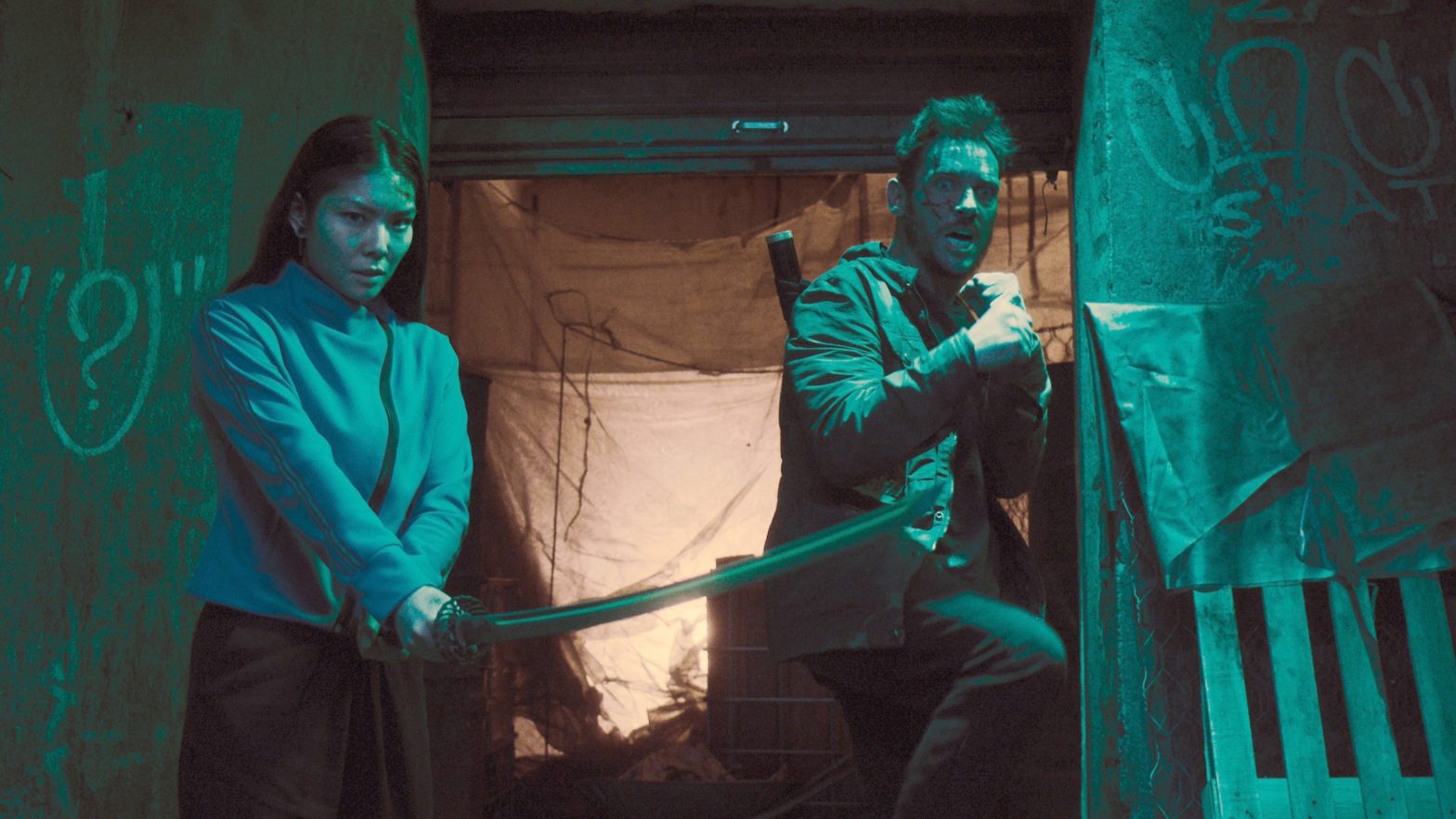Early on in Yakuza Princess, it becomes clear that crafting a story around generations of warring crime bosses, an amnesiac hitman, and a mourning granddaughter is a little too much for co-writer/director Vicente Amorim to juggle. There’s plenty of good here in the new film, but not enough awareness of what that good stuff is.
Based on the graphic novel Samurai Shiro by Brazilian author Danilo Beyruth, Yakuza Princess takes place mainly in São Paulo. The city has the largest Japanese diaspora in the world, and the setting serves the story well. The plot bobs and weaves its way through decades of yakuza factions in both Japan and Brazil, and focuses on its main character Akemi (Masumi).
Akemi’s grandfather, whom she’s lived with in São Paulo for nearly her entire life, has recently passed away. She clings to his memory and his personal effects, and seems unprepared and uninterested in moving forward without him. She continues to work, and train as a fighter with her sensei, but she’s just going through the motions. Grief hits her especially hard on her 21st birthday, when, instead of celebrating, she gets into a violent bar fight and flees.
As Akemi begins her emotional journey, a stranger (Jonathan Rhys Meyers) wakes up in a hospital in handcuffs with no memory—and a katana sword nearby. The bedside police chatter makes it clear that nobody knows who he is or why he has so many wounds on his face. He escapes from the hospital in hopes of figuring out his identity, where he got the sword, and why people want to kill him. He encounters Akemi, and they form a tentative partnership in an attempt to get to the bottom of a mysterious connection between them.
This is the setup for Yakuza Princess—and also where it goes off the mark. As the film gets into heftier plot points, its weaknesses become more glaring. Masumi executes the fight choreography beautifully, and does an excellent job portraying the stony, aloof Akemi, but problems arise when Akemi becomes emotionally vulnerable. Masumi’s wooden expressions and flat delivery don’t reflect her softening character.
The movie also buckles under the weight of its plot. The number of flashbacks and reminders of who is talking about whom, or which character died when, should have been a sign to the director and editor that there is just too much story here. We only ever get short character insights and histories because Yakuza Princess needs to keep its breakneck pace to squeeze in way too many players.
In trying to be too many things, Yakuza Princess never fully develops the emotional world of its characters, yet it expects the audience to care about their family history. The film excels in the realism of its on-screen fights (gore hounds will delight in the visceral volume of blood throughout the movie), but it doesn’t lean in to being a martial arts film. It reveals the fantastical world of São Paulo’s Japanese section, but never immerses the audience in it. Sometimes movies suffer from a dearth of good ideas, but Yakuza Princess has the opposite problem: In trying to convey so many strengths, they are turned into weaknesses.
